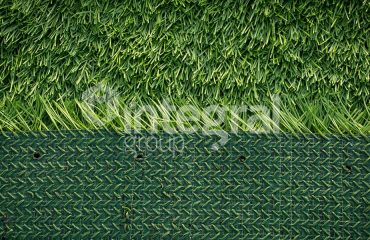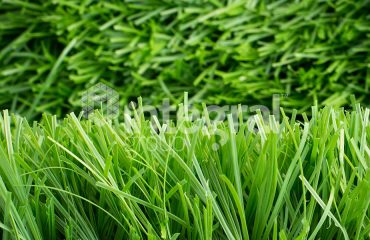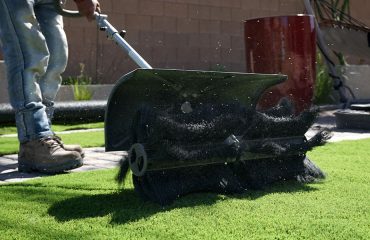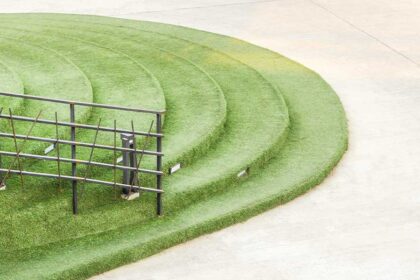
Fake grass, also known as fake grass, synthetic grass, artificial grass, fake grass rug or grass carpet, is a realistic, long-lasting grass variety used as an alternative to real grass especially in the floor coverings of sports fields and is made of environmentally friendly materials. There are many models of artificial grass. Depending on where it is used, artificial grass comes in various forms. For example, artificial grass used indoors and artificial grass used outside are different from each other. In other words, consumers looking for should choose a different product than consumers who fake grass for garden. This should be taken into account when conducting a more sensitive landscape survey.
In addition, fake grass for garden should not be mixed with artificial grass used in sports fields. Due to the difficulty of natural grass maintenance, tall grass for garden in houses with gardens. In addition, attractive artificial grass roll is preferred for the processes that cover the walls and roofs in interior decoration. In recent years, garden fences have also been widely constructed using fake grass. The reason for this is that fake grass fences have a much more attractive appearance when viewed from the outside and hide inside.
Especially during the pandemic, there was a noticeable increase in demand for houses with gardens. People did not want to leave their homes because of the deadly effects and extremely fast transmission of coronavirus Covid-19. This shows the value of houses with gardens. While the value of the houses with gardens increased, the right amount of attention was given to the landscaping of these houses. When real or synthetic grass is used in 12’x12 artificial grass rug projects, the gardens look completely green. Which type of grass you choose depends on the person.
Which Type of Grass Should Be Used in The Garden? Artificial or Natural?
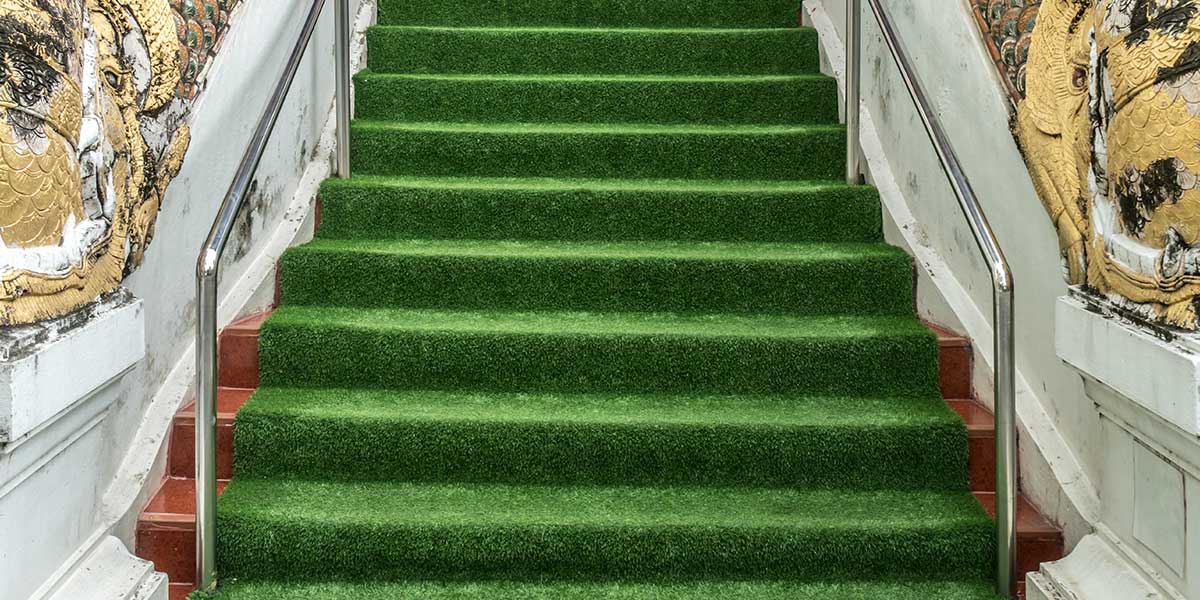
With the help of this article, you can clearly notice the distinctions. In summary, artificial grass is a product that has many advantages over real grass. The first of these advantages is cost. Unlike natural grass, artificial grass quickly depreciates itself, even if it initially costs more per unit. The cost of natural grass maintenance is the reason for this. Natural grass is a product that requires routine fertilization, irrigation and mowing. However, fake grass does not need any maintenance after it is only installed once. It offers a significant cost conversion.
In addition, walking on natural grass is not recommended. They fade quickly. Artificial grass is different. Walking on it in any amount will not harm it and will last for many years comfortably. As a result, as our company, we strongly recommend the use of garden grass.
How Is Artificial Grass Carpet Layed?
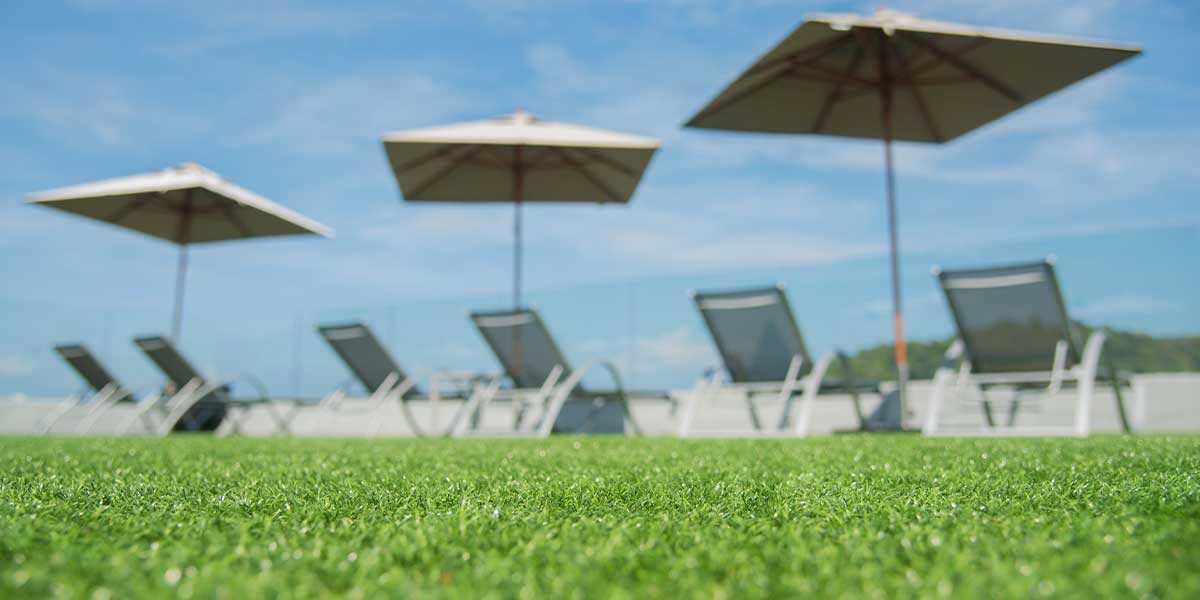
The preparation phase of the area to be applied in artificial grass rug is a key factor. Dirt should be carefully excavated and all rocks and plant roots removed before placing. As a structure, some soils contain too much clay. Sand is a great treatment in this case. If it has a very sandy texture, it will be useful to support it with soil made of tree bark.
When preparing, the soil should be compacted, ideally using a barrel as a selection tool. Currently, the biggest option would be to use a construction equipment, if there is money. However, if your money is limited, you can squeeze the soil using a barrel full of water. After the soil is compacted, it should be applied after sufficient time has elapsed for the soil to settle properly, which will take approximately 1-2 weeks. Meanwhile, the soil must still be damp. Placement will be much easier if the moisture level is maintained. If the fake grass carpet stays dry, it won’t be intact.
After the rest period is completed, you can start laying the artificial grass roll. Fertilizer can be discarded during the spreading process to help keep the soil alive. Since soil is not exposed to sunlight or other sources after laying artificial grass, fertilizer will be used to keep the grass alive.

